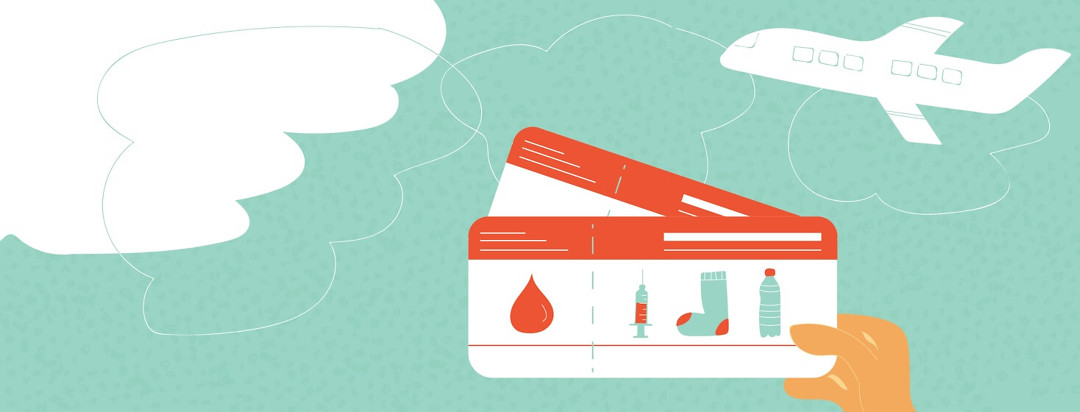Traveling with Multiple Myeloma
One of the questions many ask when they are diagnosed with multiple myeloma or any blood cancer is if they are able to move about as they once did. Multiple myeloma doesn’t mean life stops totally in enjoyment, but there are now just a few cautionary keys on the journey. Just like many things to be mindful of after a diagnosis, the best protocol when traveling is something to strongly consider.
My diagnosis left some years in watch and wait, and it was a trip overseas that I was struck with another medical crisis. My travel to Asia was 12+ hours and there was some concern with a long flight and deep vein thrombosis (DVT). I’m not sure if myeloma played a role in my getting sick with another issue while traveling, but in hindsight, there are just some things I would have considered more when traveling with myeloma.
Featured Forum
View all responsesHave an open conversation with your healthcare team
Having an open conversation with your healthcare team is key. I believe I did have this conversation in my case. The questions should be blunt and to the point to make sure it is safe for you to travel. Take all things into consideration including where you are going, when you are going, how long you will be gone, and what type of healthcare will be available at your destination.
Here are some examples of questions you may want to consider asking yourself once cleared for travel:
- Are shots or other medications needed in the case of long flights, such as blood thinners?This may be a consideration if you are prone to or have a history with blood clots.
- Are you flying first class or economy?If your flight is lengthy (I usually think of this as over 4 hours), you may want to consider spending a few more dollars and adding some comfort and space to stretch. We all know flying anywhere is a daunting process, but when traveling with an ailment, comfort is a key factor.
- Are you hydrated?Making sure that you drink plenty of liquids, preferably water, and you may want to steer away from alcohol when flying. Consider that glass of wine when you’re stationed on the ground and not stressed when traveling.
- Are you wearing comfortable clothing?I like looking cute when I travel, but I’m a smart traveler and believe in comfort first! I try and stay away from wearing jeans or anything tight at the lower and upper body. It’s a good idea to wear roomy clothing for better movement and keep away from the tension.
- Should you be brining compression socks or any other special items?This can be very helpful, and you can plan to put them on before your flight, or before you take off. If it means kicking your shoe off and performing mindful foot flexes, well this is a smart move.
The above are all things you can speak further with your team, especially when longer flights are going to be an issue.
More things to consider when traveling with myeloma
Traveling is stressful – period! If you find yourself the day of your trip feeling lousy, consider the following direction to avoid or limit possible issues:
- Call your doctor or nurse if available to discuss symptoms.
- Alert your flight attendant that you’re not feeling well and discuss the options, if any, for another flight or how to move forward before taking off. The worst thing to do is go on feeling deathly ill and alerting the flight staff during flight.
- Get up and walk it out. If you need to use the restroom, by all means, do so, rather than holding it in. Also, some slight stretching is a must. Get up and do overarm stretching when your flight buddy takes their restroom break. Use that time to properly stretch. It’s a good idea to flex your feet during travel and move those legs. I don’t know what it is with DVT (deep vein thrombosis) that likes to act up and cause many people issue on a flight, but this can be a problem.
- Rest! Getting a few ZZZ's during travel is a great idea but you still have to be cognizant of giving your body what it needs, like fluids or a snack.
- When taking longer flights for business or pleasure, it may be better to pay for a seat with more space or check with the airline for a free upgrade to have more mobility and comfort. It worked for me in that I had great service after upgrading on a long work flight, but again this is something to truly consider when traveling longer distances.
- Make sure you have all medications, refills, and health insurance cards intact. Bring an easily accessible list of your medications and contact information for your healthcare team.
Ciao!
The time to fight is now, with integrity, grace, hope, and a smile….when you feel like it

Join the conversation